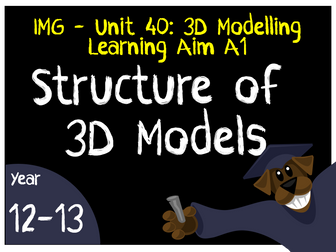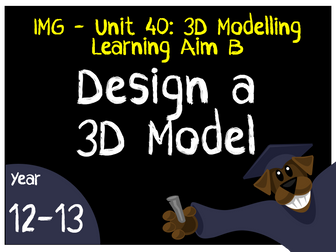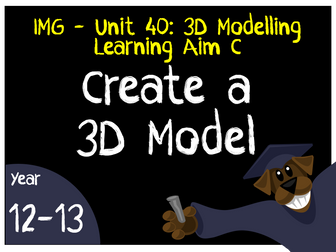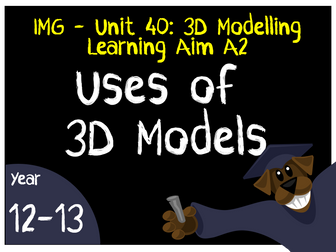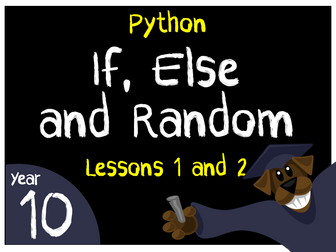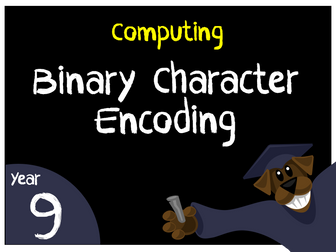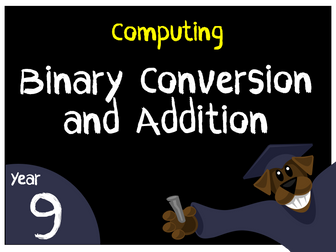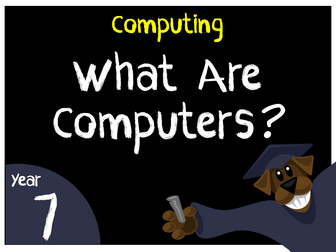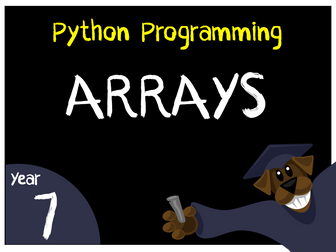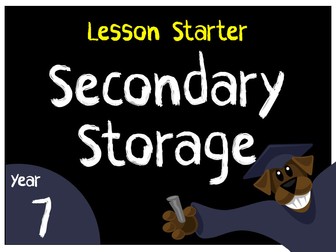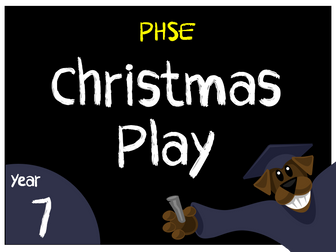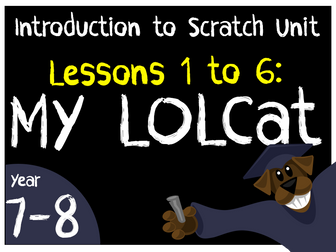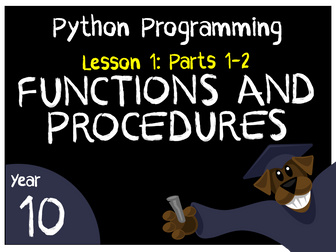Logic Gates Unit
Three lessons covering an Introduction to Logic Gates, Truth Tables and Boolean Algebra. All lesson plans, PowerPoints and worksheets provided. Additional notes on slides.
Lesson 1 Outcomes:
All students:
• To be able to explain the function of AND, OR and NOT gates.
• To be able to simulate the AND, OR and NOT gates in application.
• To be able to describe truth tables and their usefulness as alternative representations of circuits.
Most students:
• Predict outcomes of outputs in truth tables based on circuits.
Some students:
• To understand more complex variants of AND, OR and NOT.
To be able to draw complete truth tables for circuit diagrams.
Lesson 2 Outcomes:
All students:
• To be able to describe truth tables and their usefulness as alternative representations of individual logic gates.
• To be able to understand and explain truth tables and their usefulness as alternative representations of circuits.
Most students:
• Predict outcomes of outputs in truth tables based on circuits.
Some students:
• To understand more complex variants of AND, OR and NOT.
To be able to draw complete truth tables for circuit diagrams.
Lesson 3 Outcomes:
All students:
• To be able to identify the main logic gates by their shape.
• To demonstrate the expansion of their knowledge of logic gate truth tables into logic circuit truth tables.
• To be able to recognize Boolean algebra for individual gates within a circuit.
Most students:
• To be able to construct full Boolean algebraic logic circuit representations.
Some students:
• To be able to convert larger logic circuits with 4-5 inputs into Boolean algebra.
Lead teams in group tasks.


